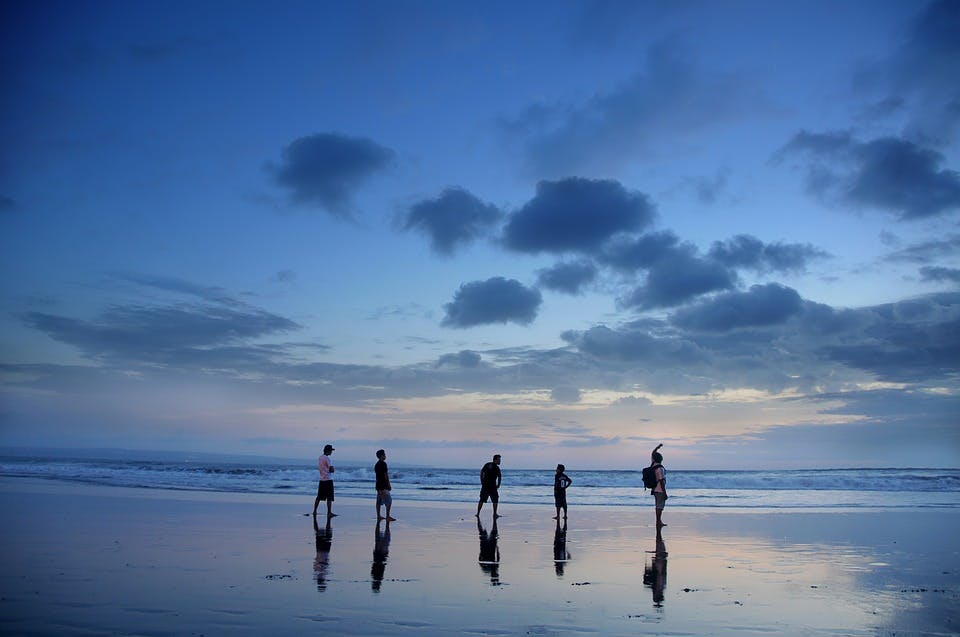Each week we shout out Hawaii Aloha Travel supporters and local Hawaii businesses, here are this week’s!
- Cholo’s Homesyle Mexican in Haleiwa, Oahu
- Mama’s House in Waimea, Big Island
- Hawaii Weddings, Suzanne Ventura
- TheOahuAgents.com They use technology to make buying property in the islands easy from any computer on Earth….and they are absolutely ruling the Iphone market with their free application that shows every home on market on Oahu.
- Sugai Kona Coffee
- Jack Grace Photography on Maui
- Blazin’ Steaks Grill, across from the convention center in Honolulu
- Daisy Jones is shouting out Flyin Hawaiian in Maui …they are awesome….and Hawaii aloha travel…best travel agency ever!!!
- James Mane India Cafe is one of my favorite places to eat. Great quality food. Indiacafehawaii.com
- Tattoo Hawaii Studio Looking for Traditional tattoos, Asian tattoos, Tribal tattoos, Polynesian tattoos, Old School tattoos, Custom tattoos or Permanent Cosmetics? Or YOUR custom tattoo designs? Let’s work together! 140 Kona Street Ask for Peggy 945-3120
- Piko McLaughlin Shout out to Bruce and the gang! Mahalo for such a great travel service from the ?ohana at the Hawaii Concert Guide
- Spencer Toyama https://bit.ly/bebraveks 🙂 Home of the Brave: Struggle & triumph in a broken America
- Maddy Rico Shout out from NJ! Mahalo for setting up the H5Ohana when we were there. I know I had an awesome time!
- Jamie Neely To Kalei at HAT for always being helpful!
- Tammy Moser I work at Whole Foods in there Prepared food department if you would like a quick and healthy breakfast, lunch and dinner come see us
Whale Watching Season
For Hawaii locals, fall time doesn’t mean autumn leaves, scarves and boots, or chilly weather. It means the start of two things: big waves, and whale-watching season. Whale watching has become a beloved activity for tourists and locals alike in the islands, and the tour boats and activity choices are abundant. Each of the four main islands (Big Island, Oahu, Maui, and Kauai) offers a variety of ways to view the migrating whales, with equally magnificent views. From on land aerial views to large catamaran tours to small, private kayak adventures, SUPing, or simply using a pair of binoculars, whale-watching has never before been so accommodating. The best things to know for successful whale watching are the seasons (and particularly which month is busiest for migration), location, and protocol. Here are some details about all three aspects.
Whale watching season is between December to early May (give or take a few weeks), and peaks between January and early April. Humpback whales migrate 3,00 miles from the cold waters of Alaska to the shallow, warm tropical waters of Hawaii every year to breed and give birth. Whales, otherwise known as “kohala” in Hawaiian, are majestic creatures that grace the islands regularly. Kohala have been integrated into Hawaiian culture for generations, known as an aumakua, or family guardian for the local people. Their bones were also regarded as sacred, and only the ali’i, or chiefs, were allowed to adorn themselves with them.
Today, whales remain majestic beings that continue to amaze us all. Seeing one breach out of the water is like receiving a special gift, and watching tails (or flukes) rise out of the ocean is an incredible sight to witness. Whether you see it from afar or up close, the image will remain with you always. One of our Facebook fans asked which island is best for viewing whales. While you can see whales frolicking from any of the islands at any given point during the season, it’s been pinpointed that Auau Channel between Maui, Molokai, and Lanai is the best place to see the most activity. Its calm, clear waters are what entice the mammals, and this channel is notorious for spectacular whale watching.
If you’re visiting the islands during the winter months, be sure to take a moment to do some whale watching. You can choose a landmark and set up a picnic, sink a beach chair into the sand, or book a tour, but one way or another, it’s a must-see while in Hawaii. In response to one of our other Facebook comments “can we whale watch in November on Maui?” I would say that although it’s possible, your chances aren’t as great as peak season times. But, as one of our other Facebook contributors mentioned, you can still do a whale watching tour, not see whales, and still have fun! The Pacific Whale Foundation in Maui will take guests on a variety of different boat tours, where you can see dolphins, turtles, sunrises, sunsets, flying fish, whales, and more. We recommend checking them out at pacificwhale.org or you can go onto our website and look into the various activity options we offer as well.
On Oahu, we offer activities like the Wild Dolphin Adventure, Mokulua Kayak Adventure, Scenic Helicopter Tour, Scuba Diving, Kayaking, and an H50 Catamaran Sail.
On Maui we offer Maui Helicopter tours, Submarine tours, Snorkel Sail Adventure, Maui Sightseeing Tour, Sunset Dinner Sail, Maui Whale Watching, and the Hawaii Inter Island Tour (Discover Lanai).
On Kauai we offer the Na Pali Coast Adventure, Sunset Dinner Sail, and the Kauai Kayak Adventure.
On Big Island we offer a Dolphin Swim tour, Helicopter Tour, and the Big Island Snorkeling Adventure.

